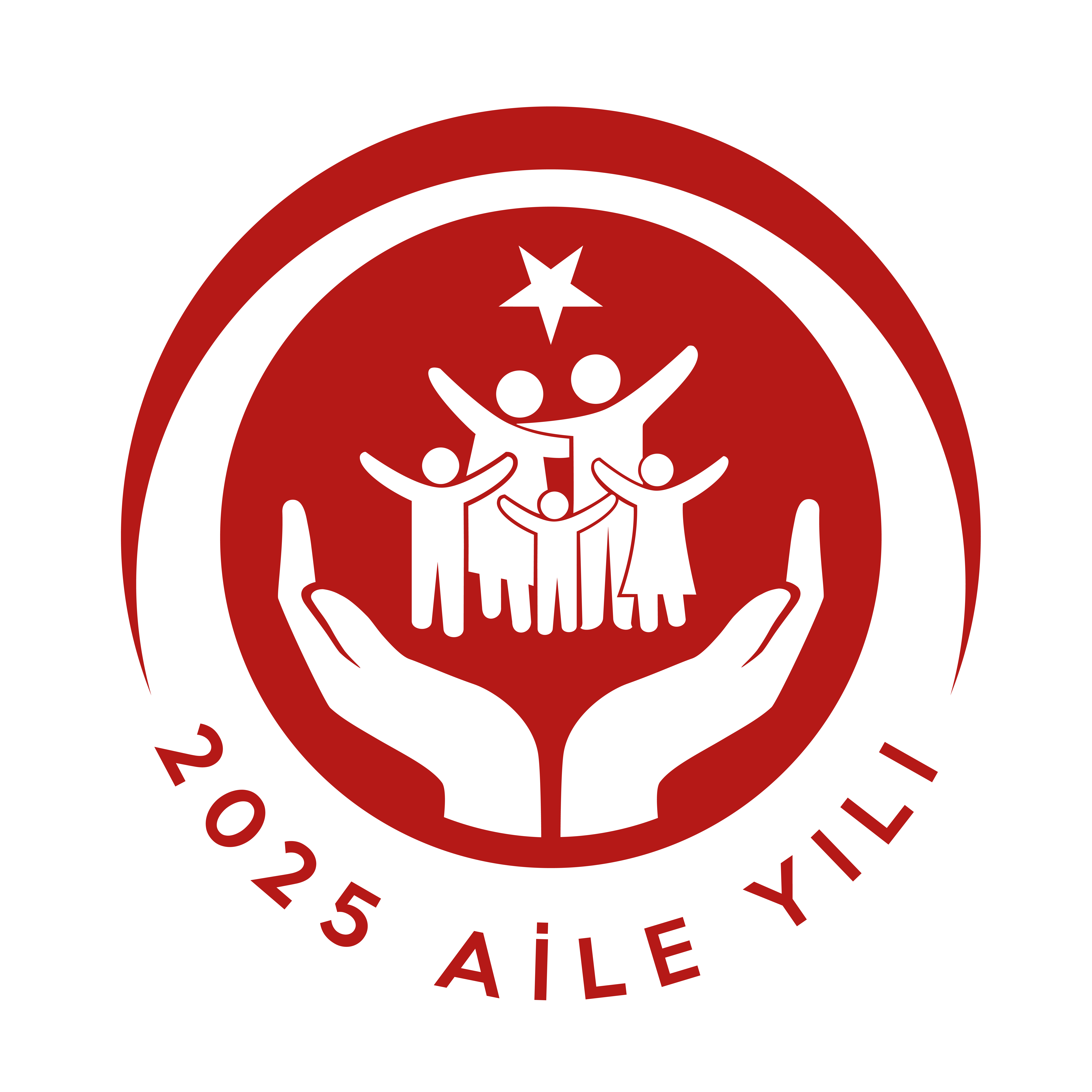High-level Intergovernmental Meeting on the Final Review of the Asian and Pacific Decade of Persons with Disabilities Held in Jakarta
The “Realizing the Rights for Persons with Disabilities in the Asia-Pacific Region', which was implemented as a regional action plan by the United Nations Economic and Social Commission for Asia and the Pacific (UNESCAP) in order to protect and develop the rights of approximately 700 million persons with disabilities living in the Asia-Pacific Region and to create an inclusive society. The closing meeting of the Incheon Strategy (2013-2022) was held in Jakarta, the capital of Indonesia, on 19-21 October 2022.
Our Director General of Services for Persons with Disabilities and the Elderly representing Turkish Delegation, Elmas Esra CECELİ participated in the meeting of High-level Intergovernmental Meeting on the Final Review of the Asian and Pacific Decade of Persons with Disabilities.
On the first day of the meeting, after the opening speeches, the report on the Asia-Pacific Region, prepared with the contribution of our country, was shared with the participants by UNESCAP. Following the UNESCAP presentation, our National Statement, which includes the developments in the field of disability in the last ten years, was presented on behalf of our country by the Director General at the Plenary Session.
It was mentioned by our Director General that important steps have been taken in our country, especially in recent years, to become an inclusive society with the principle of not leaving anyone behind. In this context, on December 3, 2021, International Day of Persons with Disabilities, it was stated by our President Recep Tayyip ERDOĞAN that the 2030 Barrier-Free Vision was announced and the first 3-year National Action Plan on the Rights of Persons with Disabilities, prepared for the realization of our Vision, will be announced on December 3, 2022.
It was also stated by our Director General that the effectiveness of civil society organizations operating in the field of disability was increased in the Monitoring and Evaluation Board, whose structure was strengthened in order to ensure national coordination and cooperation in the field of disability in 2021.
On the second day of the meeting, roundtable meetings were held in which the developments and challenges in the past ten years and the issues that need to be addressed in the coming period were discussed regarding the realization of the rights of persons with disabilities living in the Asia-Pacific Region.
Our Director General, who hold the floor at the roundtable meeting, mentioned that the rights-based approach has also been adopted at the legislative level, with developments such as the publication of the Turkish Disability Act in 2005, the signing of the CRPD in 2007, and the legislative amendment in order to harmonize the Turkish Disability Act with the CRPD in 2014.
Our Director General, who also hold the floor at the meeting titled ‘Innovative Partnerships and Engagement of Persons with Disabilities’ stated that the participation of persons with disabilities in decision-making mechanisms is one of the basic principles adopted in the vision of being an inclusive society. In this context, she stated that as in the 2030 Barrier-Free Vision, the contribution and participation of CSOs operating in the field of disability took place in the preparatory work of the National Action Plan on the Rights of Persons with Disabilities. She also mentioned that CSOs operating in the field of disability in our country are represented in the board and that effective cooperation with international organizations is maintained.
In the meeting titled ‘Tracking Progress Towards The Achievement Of Disability-Inclusive Development’, which was the last round table meeting, our Director General underlined the monitoring and inspection duties of the Board and Accessibility Monitoring and Inspection Commissions in the field of disability and shared that monitoring activities are carried out with the indicators created at the sectoral level.












